With a sweet taste and crisp texture similar to apple, yacon (Smallanthus sonchifolius) is a flavor-packed root vegetable that’s quickly gaining popularity with homestead gardeners.
Yacon is a tasty treat to put away for winter. Yacon tubers are stored the same way as any other root vegetable and can be dehydrated, pickled, or canned. Dried and dehydrated yacon is ground for flour to add nutritional value and sweetness to bread and bakery goods, sauces, soups, and deserts.
A large, herbaceous perennial plant, yacon is easy to grow, easy to harvest, adds to the family food supply, and is an excellent supplemental cash crop that sells quickly at the farmer’s market.
What Is the Yacon Root?
In the plant family Asteraceae, this daisy-like plant produces thick tuberous roots that are often mistaken for jicama. However, jicama is a type of bean and unrelated. Yacon is most closely related to the sunflower. Other common names for the tasty treat include Bolivian sunroot, apple of the Earth, strawberry jicama, or ground pear.
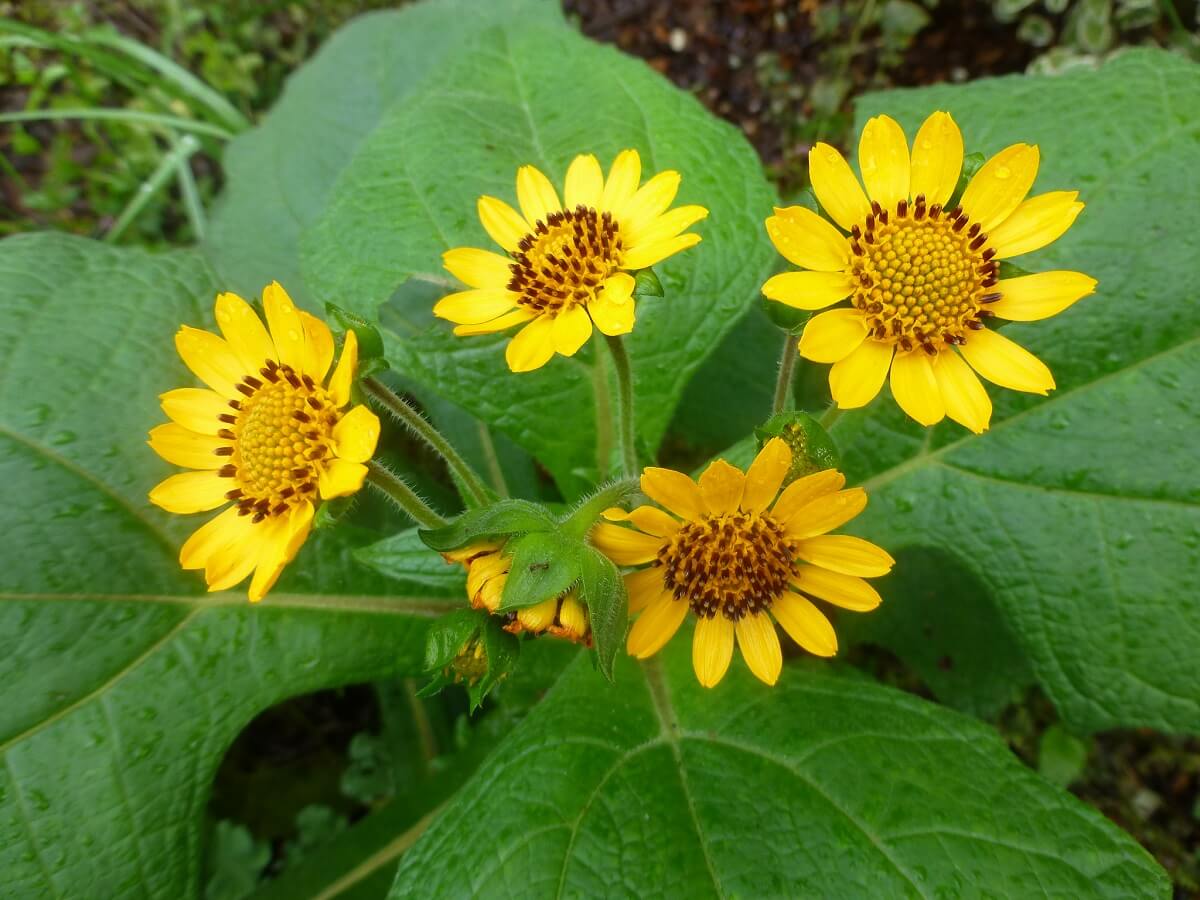
Yacon is a tall plant, reaching heights that rival its cousin the sunflower. The yacon’s pale yellow flower is tiny by comparison. However, the foliage is lush and lovely.
How to Grow Yacon Root
The planting options for yacon root are endless. Tuck a few plants in the garden, along a fence line, or plant the pasture with yacon. Although yacon prefers loamy, fertile soil, it manages to grow almost anywhere in a diverse array of conditions.
Once established in sub-tropical and tropical climates, yacon produces an abundant crop each and every year. In colder regions, yacon is cultivated as an annual. Although similar in appearance to Jerusalem artichoke, yacon is not invasive.
Yacon Root Growing Conditions
Do not plant yacon until the soil has warmed and all danger of frost has passed. The soil must be well drained. Yacon tubers will rot if they get wet feet. A perennial in warmer climates, yacon is not cold tolerant and grows best in USDA Plant Hardiness Zones 5 to 8.
Related Post: 6 Plants That Like Wet Soil
That being said, yacon tubers cultivated in cooler climates as an annual may still do fairly well, but plants will produce fewer tubers and be smaller than in their native habitat. Keep in mind that if you are north of zone 5, yacon requires 5 to 6 months of growing time to reach maturity, so it’s a good idea to get a jump on the season and start tubers indoors in early spring.
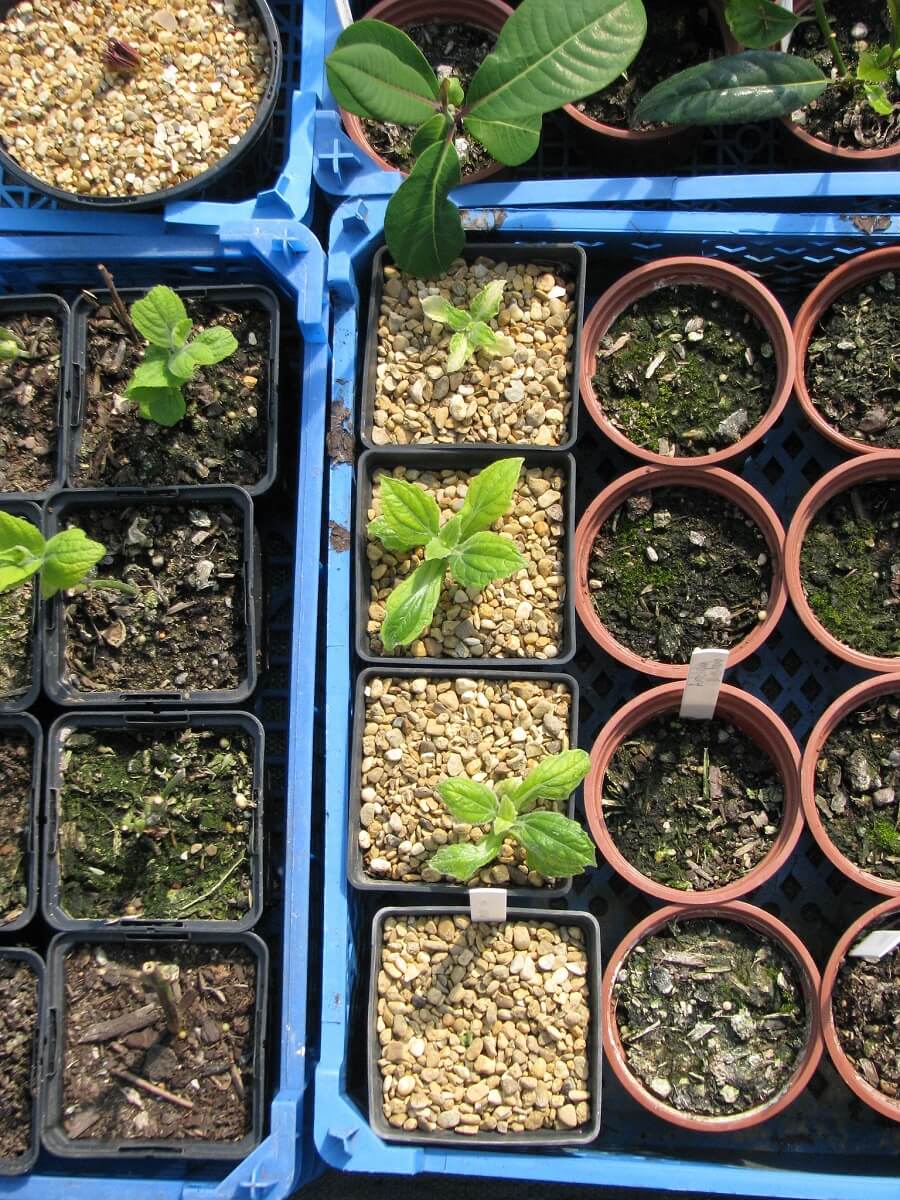
Yacon will not winter over in climates that have freezing temperatures as neither the plant nor the tubers can handle the cold. Greenhouse growers can successfully grow yacon the same way they’d grow potatoes.
Related Post: Growing Potatoes
Once you purchase your original rhizome, you can harvest the plant for many years to come. Tubers grow off each of the roots. A single plant yields an abundant harvest of over 20 pounds of succulent, sweet tubers each year.
Planting Yacon Root
To prepare your garden for planting, work the soil well to a 1-foot depth, removing rocks, roots, and weeds. Enhance the soil with a generous application of well-aged herbivore manure (cow, sheep, horse, mule, llama, goat), and cultivate the manure well into the soil.
When planting yacon, choose any sunny spot with nutrient-rich soil that is well drained. As a general rule, if the location is good for tomatoes, it’s good for yacon. Plant the tubers in a hole about 2 to 3 inches deep with the sprouts pointing upward. Because yacon is fast-growing, it requires plenty of nutrients.
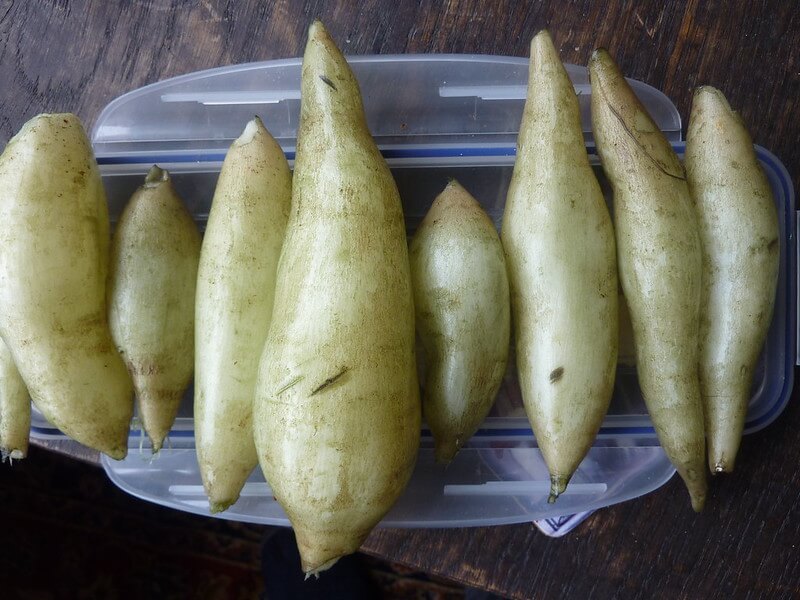
Tubers are ready for harvest after they have reached maturity, or in northern climates when the first fall frost kills back the foliage. You can harvest the tubers by cutting the stem of the yacon plant down to just four inches above the soil and digging the tubers out with a garden fork or shovel. Store yacon tubers the same way you’d store potatoes in a cool, dark, dry place.
Related Post: Growing Ginger
Yacon produces two distinctly different types of tubers. One that’s reddish brown and another that’s a lighter brown color. At harvest time, separate the two types of tubers and brush off the soil, making sure to be careful not to break the skin of the tubers.
Look for the reddish-brown rhizomes at the base of the stem. These rhizomes are tasty eaten raw, but are typically saved for propagation. Dry the lighter brown tubers in the sun before storage. This helps the tubers become sweeter!
How to Keep Your Yacon Rhizomes Over Winter
It’s fairly easy to keep yacon rhizome starts over the winter by storing the core which will produce a new plant come spring. Keep the reddish tubers out of direct sunlight, and cover with damp sawdust, peat, horticultural sand (do not use beach sand which contains salt), or coco-peat to retain moisture.
If you’re an avid flower gardener, this process is the same as storing dahlia bulbs for spring planting. Again, store yacon tubers in a cool, dark, dry place until rhizomes sprout and are ready for planting.
If the core has been kept damp and untouched by frost, take apart the overwintered core in mid-February or early-March, and plant individual pieces with the eyes intact. Avoid covering completely with soil as the eyes needs to remain open.
Transplant starts outdoors after all danger of frost, or you may choose to wait for the weather to warm and plant core pieces directly into the soil.
Yacon Root Uses and Benefits
Native to the Central and Northern Andes of South America, the fibrous yacon root has been nurtured for centuries as a food staple with a diverse array of uses. The crunchy roots are eaten raw or cooked, and the leaves are used in a flavorful medicinal tea.
Related Post: Root Cellars: The Original Refrigerator
Yacon is grown in many areas of North America, Japan, New Zealand, and Europe. The popular root vegetable is served as a tasty slaw or in a fruit medley salad. Some fans of yacon comment that it tastes more like a cross between a watermelon and a pear than an apple. Others say it tastes exactly like sugarcane.
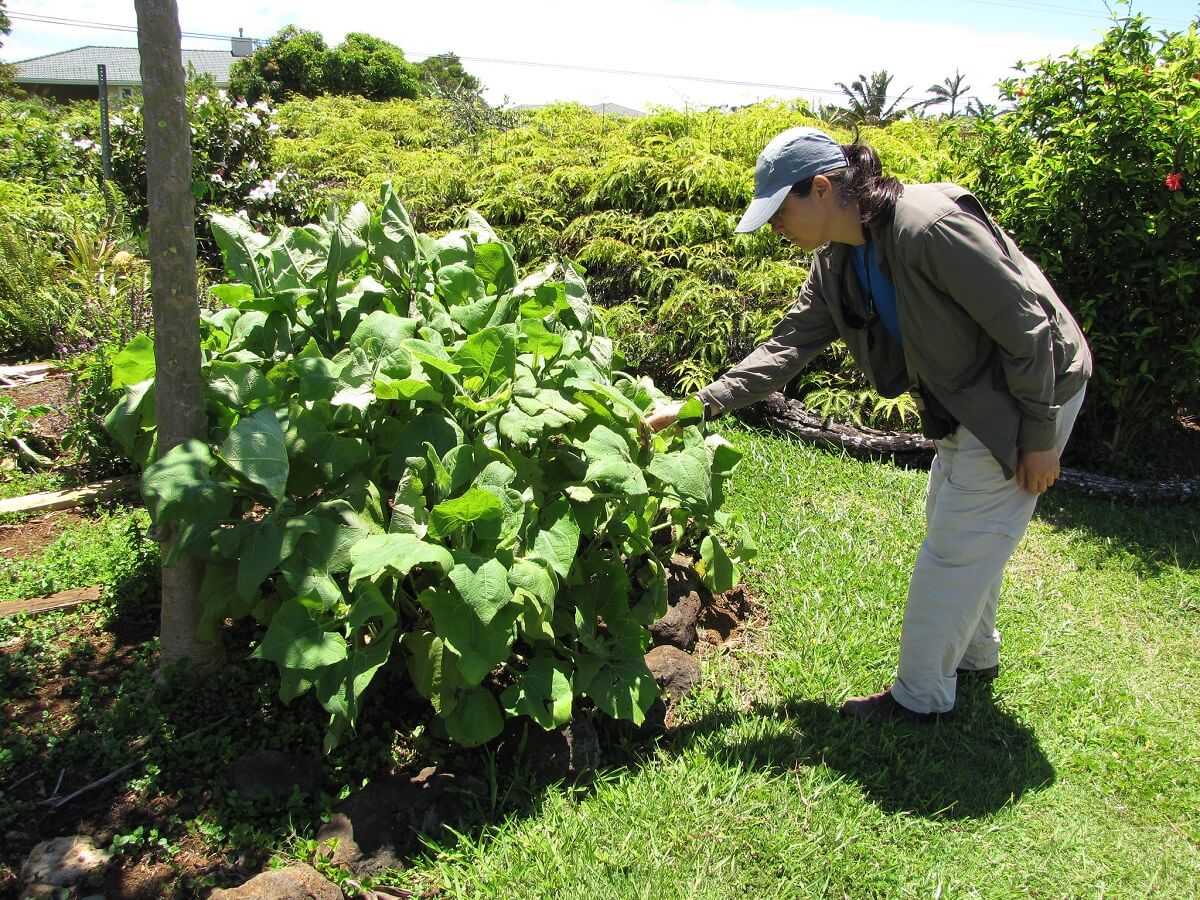
Yacon root syrup, popular with dieters and diabetics, is a viscous, intensely sweet syrup, similar to molasses in color and consistency. The syrup is becoming a popular substitute for sugar.
Yacon is said to have properties that help regulate blood sugar levels, encourage weight loss, lower blood pressure and “bad” cholesterol, strengthen the immune system, and enhance digestive health.
High in fiber and low in calories, the crunchy, edible tubers contain a particular type of carbohydrate known as fructooligosaccharides (FOS). FOS are a unique type of prebiotic soluble fiber that is fermented in the colon by beneficial bacteria.
FOS have a very sweet taste but pass through the human digestive system without being digested, offering little in the way of caloric impact. They do, however, present prebiotic properties and are utilized by beneficial bacteria that aid digestion and enhance colon health.
References
- Yacon (Smallanthus sonchifolius) as a Food Supplement: Health-Promoting Benefits of Fructooligosaccharides, US National Library of Medicine
- Phytochemical Properties and Nutrigenomic Implications of Yacon as a Potential Source of Prebiotic: Current Evidence and Future Directions, US National Library of Medicine
- Total antioxidant activity of yacon tubers cultivated in Brazil, SciELO


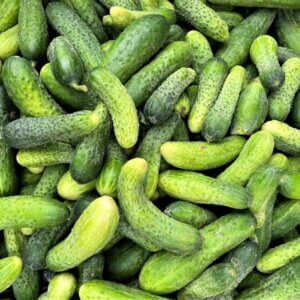




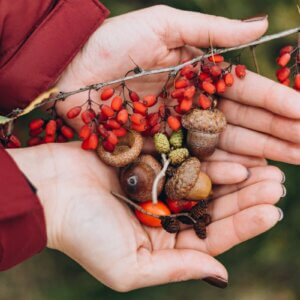


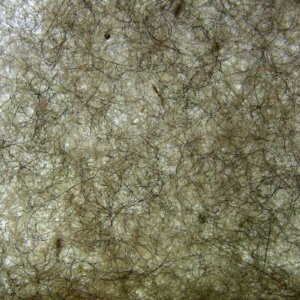

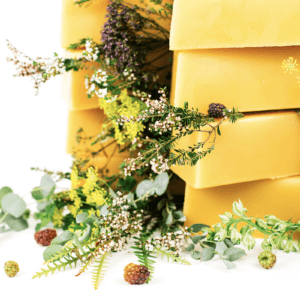


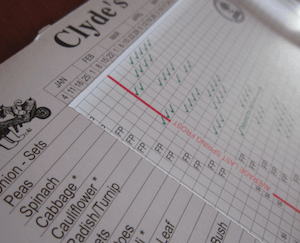
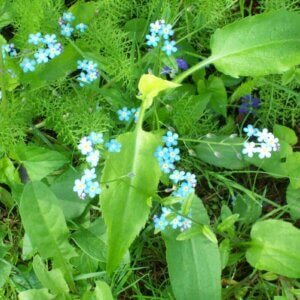





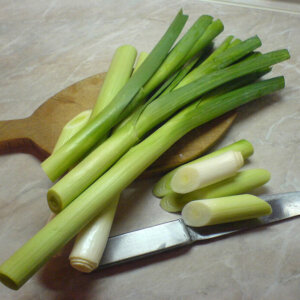
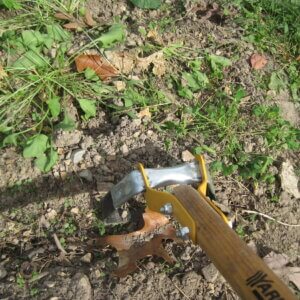

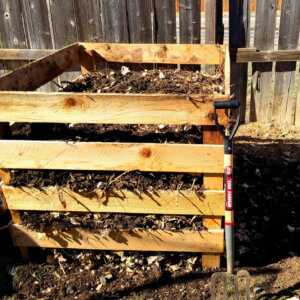
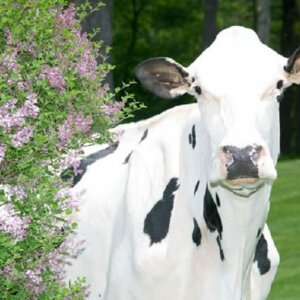
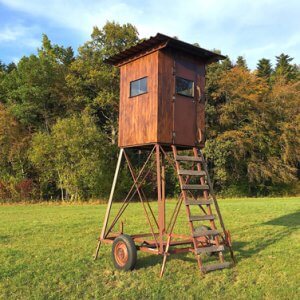
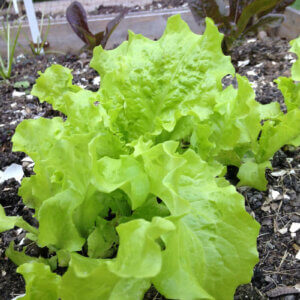





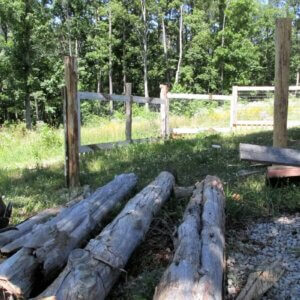
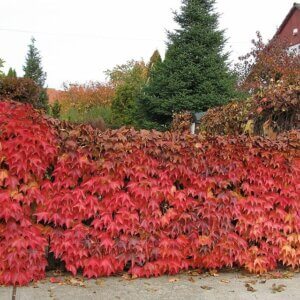
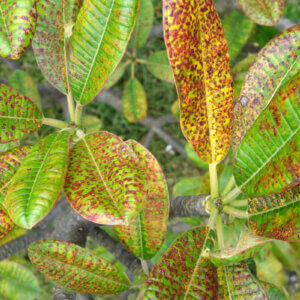

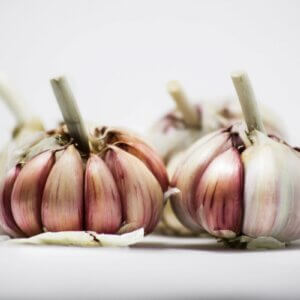


Thank you for the thorough article on yacon. I planted it for the first time last year, got greater area yield than potatoes, and the fresh tuber is absolutely delicious raw.
I comment regarding the item yacon has little calories. I heard this elsewhere but I have also seen an analysis of calories gained by human subjects, and it varied from about zero to about the same amount as potqtoes. It seems that if the human has healthy gut flora, there is a secondary fermentation in the large intestine which turns the yacon sugars into sugars that can be burned. With poot gut flora no nutrition is gained.
This seems reasonable. Frankly I doubt that an agricultural people for whom food is yearly life or death, would cultivate for thousands of years, a crop that gave them no nutrition.
Wallace
Hi there, I’m new to growing food and I was given a yacon plant – already 40cm tall – at the very beginning of the New Zealand autumn. It got a good couple of months of sun. Now it’s the start of winter and I realise I planted it at the wrong time of year and am very curious about what is or isn’t happening under the soil. What do you think?
Hi! Thank you for this information. Can you plant yacon by tubers or rhizomes only?
Hi there!
I did a little bit of research and seems as though the best way to grow them is from the rhizome itself. My understanding is that you need to rhizome in order for the plant to root.
I found some rhizomes available on Etsy if you want to check it out: https://www.etsy.com/listing/666219633/yacon-live-plant-rootpropagule-peruvian?
I hope that helps!
Leigha
Thank you for sharing the information. I am so interested as I know yakon is best to combat diabetes. It has been a part of my family’s diet, I get it from the grocery but most of the time it is out of stock. I am a plant lover and I truly love gardening, how I wish I can propagate and grow yakon, may I know where to get seeds for planting. Thank you so much again.
Hello, I am in Adelaide Australia, and want to plant some Yucon, but do not know where to purchase some. can you assist me at all please.
We have left our tubers in the ground over winter with Temps in the minus 20-30 C here in Western Northern Canada and they have grown each year. The roots got flooded for 3 weeks and they still grew.
I am very interested in your success with growing Yacon in winters where it freezes and floods.
Are you still growing Yacon in ground through the winter? (In your 2022 comment I believe that is what you were doing at the time.)
Does your ground freeze solid when Yacon tubers are still there? How do you protect them?
I got 2 little starter plants this summer and planted them in July. They have grown well, but I don’t think they formed any rhisomes or tubers and I hate the thought of disturbing them until they do next season.
I just really don’t know what to do. I do not have a greenhouse.
You haven’t said what area you live in in NZ. If you don’t get frosts you are probably OK but if you do perhaps it’s possible to dig it up and put in a pot in a sheltered position until spring. If you can’t dig it up you will have to keep it well covered on those cold nights. All the best.